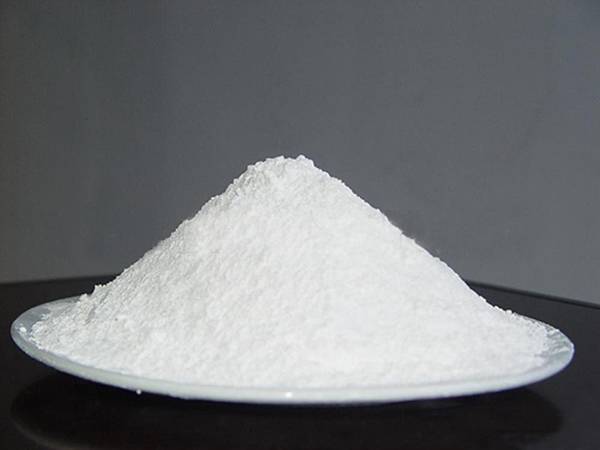



Sodium Hydroxide (NaOH) Safety Data Sheet (SDS)
Understanding the Safety Data Sheet (SDS) of Sodium Hydroxide (NaOH)
Sodium hydroxide (NaOH), commonly known as caustic soda or lye, is a highly versatile chemical used in various industries, including manufacturing, cleaning, and food processing. Due to its strong alkaline nature, it is crucial to understand its safety data sheet (SDS) to handle it safely and effectively.
The SDS is a comprehensive document that provides essential information regarding the properties, hazards, handling, storage, and emergency measures related to hazardous substances. For sodium hydroxide, the SDS includes several critical sections that anyone working with this compound should be familiar with.
1. Identification The first section of the SDS identifies sodium hydroxide by its chemical name, synonyms, and relevant uses. It is often utilized in the production of soaps, detergents, and paper, as well as in water treatment processes and chemical synthesis.
2. Hazard Identification Sodium hydroxide is classified as a hazardous substance. It can cause severe skin burns and eye damage upon contact. Inhalation of the dust or mist can lead to respiratory irritation. Hence, it is essential to recognize these hazards to ensure proper handling and protection.
3. Composition/Information on Ingredients This section provides details on the composition of sodium hydroxide, including its purity and any potential contaminants that could affect its use or handling.
sodium hydroxide naoh sds

4. First-Aid Measures In the event of exposure, prompt and appropriate first-aid measures are crucial. The SDS outlines necessary actions, such as rinsing affected skin areas with plenty of water for at least 15 minutes, removing contaminated clothing, and seeking medical assistance for serious exposures.
5. Firefighting Measures While sodium hydroxide is not flammable, it can react vigorously with water and certain other materials, posing a risk in case of accidental fires. The SDS recommends using special extinguishing agents like dry powder or carbon dioxide if a fire involving sodium hydroxide occurs.
6. Handling and Storage Proper handling and storage are vital to minimize risks. Sodium hydroxide should be stored in well-ventilated areas, away from incompatible materials such as acids and organic compounds. Using personal protective equipment (PPE) such as gloves, goggles, and face shields is also recommended during handling.
7. Exposure Controls/Personal Protection This section emphasizes the importance of controlling exposure to sodium hydroxide through engineering controls and PPE. Adequate ventilation, chemical-resistant gloves, and eye protection are critical to ensuring worker safety.
8. Stability and Reactivity Sodium hydroxide is stable under normal conditions; however, the SDS lists conditions to avoid, such as moisture and incompatible substances. Understanding the reactivity of sodium hydroxide helps prevent accidents.
Conclusion The safety data sheet for sodium hydroxide (NaOH) serves as a vital resource for anyone interacting with this chemical. By understanding its hazards and following safety guidelines outlined in the SDS, one can minimize risks and handle sodium hydroxide safely. Whether in a laboratory, factory, or home setting, awareness and preparation are key to preventing accidents associated with this powerful alkaline substance.
-
Essential Guide to Disinfectant Drinking Water Solutions and TechnologiesNewsNov.25,2025
-
How and Why to Disinfect Water Softeners for Safe, Reliable WaterNewsNov.24,2025
-
Effective Deionized Water Disinfectant Solutions for Healthcare & Industrial UseNewsNov.24,2025
-
Commonly Used Disinfectant for Drinking Water – Global Uses & InnovationsNewsNov.23,2025
-
Chemical to Disinfect Water – Essential Solutions for Safe, Clean Drinking WaterNewsNov.23,2025
-
Blue Water Disinfectant: Safeguarding Global Water Quality with InnovationNewsNov.22,2025
-
Bleaching Powder for Water Disinfection – Affordable & Effective Water Treatment SolutionNewsNov.22,2025










